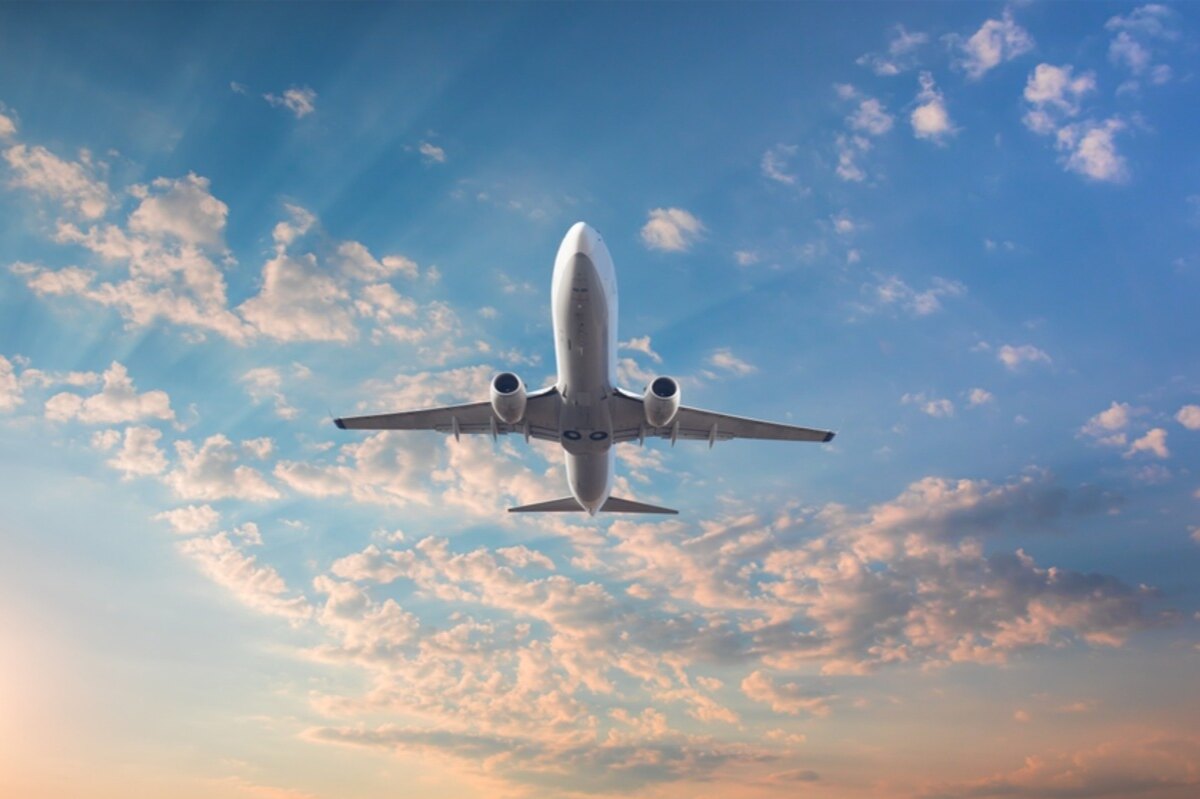The International Air Transport Association (IATA) has published its data for global passenger demand in September 2024, revealing a growth of 7.1 percent in total demand, as measured in revenue passenger kilometers (RPK), compared to September 2023. This marks an unprecedented high for the month of September.
Capacity and load factor insights
In terms of total capacity, evaluated through available seat kilometers (ASK), there was a year-on-year increase of 5.8 percent. The load factor for September stood at 83.6 percent. International travel demand surged by 9.2 percent compared to the same month in 2023, with capacity rising by 9.1 percent year-on-year and the load factor increasing to 83.8 percent. Domestic travel demand saw a growth of 3.7 percent compared to September 2023, with capacity up by 0.7 percent year-on-year, resulting in a load factor of 83.3 percent.
Positive economic implications
The global association noted that the peak travel season concluded with demand reaching an all-time high, which they described as encouraging news for both travelers and the global economy.
Challenges ahead in air travel
However, IATA’s Director General, Willie Walsh, expressed concern that while the success in air travel generates more jobs and stimulates trade, it also brings challenges. He indicated that the industry is on the brink of a capacity crunch in certain regions, which could diminish the economic and social advantages of air travel. Walsh emphasized that governments must decide whether to lag behind more dynamic nations that prioritize global connectivity or to create a unified strategy for sustainable growth. He also highlighted that airlines are making substantial investments to achieve net zero carbon emissions by 2050, which he believes must be matched by a proactive political vision supported by actionable measures to ensure adequate airport and air traffic management capacity for the needs of citizens and businesses.
Cargo demand trends
In terms of cargo demand, total figures measured in cargo ton-kilometers (CTKs) increased by 9.4 percent compared to September 2023, with international operations seeing a rise of 10.5 percent. This marks the 14th consecutive month of growth in this sector. Additionally, capacity, assessed in available cargo ton-kilometers (ACTKs), grew by 6.4 percent year-on-year (with international operations increasing by 8.1 percent). This growth is largely driven by a 10.3 percent rise in international belly capacity, extending a trend of double-digit annual capacity growth for an impressive 41 consecutive months.
Economic indicators
Several notable factors in the operating environment include:
– Industrial production increased by 1.6 percent year-on-year, while global goods trade expanded by 2.8 percent for the sixth month in a row. Monthly trade rose by 1.4 percent, marking the highest growth in seven months.
– The Purchasing Managers Index (PMIs) for global manufacturing output and new export orders fell below the 50-point threshold, registering at 49.4 and 47.5, respectively, indicating contraction.
– In the United States, headline inflation, as indicated by the annual Consumer Price Index (CPI), decreased by 0.2 percentage points to 2.4 percent in September, marking the seventh consecutive month of declining inflation. Similarly, the inflation rate in the European Union dropped by 0.3 percentage points to 2.1 percent, continuing a trend that began in January 2023. Meanwhile, China’s consumer inflation remained low at 0.4 percent in September amid concerns over an economic slowdown.
Read more: Air cargo grows 9.4 percent in September, reports IATA
Regional performance for September
- Airlines in the Asia-Pacific region experienced a year-on-year demand growth of 11.7 percent for air cargo in September, with capacity increasing by 8.5 percent.
- North American carriers saw a year-on-year demand growth of 3.8 percent for air cargo in September, accompanied by a 4.2 percent rise in capacity.
- European carriers also registered a year-on-year demand growth of 11.7 percent for air cargo in September, with capacity up by 7.5 percent.
- Middle Eastern carriers recorded a year-on-year demand growth of 10.1 percent for air cargo in September, with a 2.9 percent increase in capacity.
- Latin American carriers reported an impressive year-on-year demand growth of 20.9 percent for air cargo in September, the highest of any region, while capacity rose by 7.9 percent.
- African airlines noted a year-on-year demand growth of 1.7 percent for air cargo in September, the slowest among the regions, although capacity saw a significant increase of 13.9 percent.
Trade lane performance
International routes displayed exceptional traffic levels for a fifth consecutive month, achieving a year-on-year increase of 10.5 percent in September. Airlines are capitalizing on the growing demand for e-commerce in both the U.S. and Europe, amidst ongoing capacity challenges in ocean shipping.
Market share analysis
IATA’s statistics cover both international and domestic scheduled air cargo for IATA member and non-member airlines.
Additionally, the total cargo traffic market share by region in terms of CTK is as follows: Asia-Pacific 33.3 percent, Europe 21.4 percent, North America 26.9 percent, Middle East 13.5 percent, Latin America 2.8 percent, and Africa 2.0 percent.
Moreover, the trade lane market share, based on full-year 2023 CTK data and including all transport directions, is as follows: Asia-North America 25.0 percent, Asia-Europe 19.4 percent, North America-Europe 14.3 percent, Middle East-Asia 7.2 percent, Within Asia 6.7 percent, Middle East-Europe 5.0 percent, Within Europe 1.9 percent, and Africa-Asia 1.2 percent. Together, these selected trade lanes account for 80.7 percent of global air cargo traffic in 2023.
For more news on hospitality & tourism, click here.








